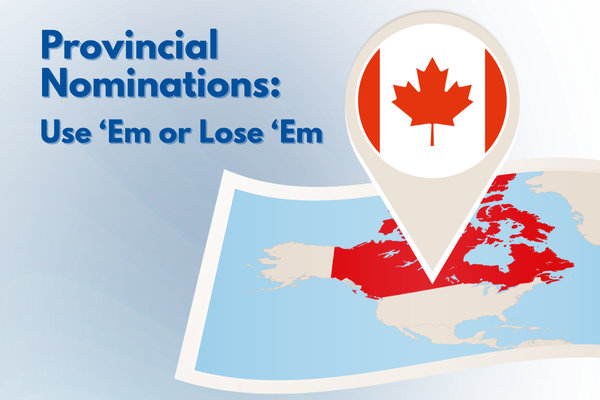If you're looking for a job in Canada, you might have wondered how you can find a job that really matches your experience. Employers have similar questions - how do I find the perfect applicant for my job posting? For both, it's important to understand something called "NOC codes." In this blog, we'll talk about what they are, why they matter when searching for jobs, and how you can find the right code for your job.
What's a NOC Code?
NOC codes, short for National Occupational Classification codes, are like job tags used by the Canadian government. They simplify communication between job seekers, employers, and immigration authorities. Each type of job gets a unique four-digit code, making it easier for everyone to understand what the job entails.
For International Workers: How NOC Codes Can Help You Find a Job
Pinpoint Job Searches: NOC codes help you find jobs that fit your skills and experience exactly. You can use your NOC code as a search term in search engines or on job boards.
Smooth Immigration: When applying for immigration, using the correct NOC code makes it easier for officials to understand your work history and qualifications. Your NOC code may influence which immigration route is best for your journey to Canada.
Connect with Employers: Employers often use NOC codes to outline job requirements. Knowing your code helps you align your application with what employers are looking for.
For Employers: How NOC Codes Can Help You Find the Right Talent
LMIA Approval Process: Immigration, Refugees, and Citizenship Canada (IRCC) uses NOC codes to determine whether a position is eligible for hiring international workers, and under which immigration program.
Determining Wages and Skill Requirements: Immigration applications may require you to pay wages that match or exceed the federal median wage of the NOC code.
Accurate Job Postings: Use NOC codes to communicate specific requirements for a role, making it easier for job seekers to understand if they're a good fit.
Simplify Recruitment: When reviewing applications, NOC codes help you quickly identify candidates with the right skills and experience.
How to Identify the NOC Code for a Job:
Government of Canada’s NOC Lookup: Use the Canadian government's online NOC code lookup tool to identify the code that best matches your job.
Self-Assessment Tools: Simple online tools can help both job seekers and employers identify the most suitable NOC code, especially if you’re unsure of the exact job responsibilities.
Consulting with Professionals: If you’re not sure which NOC code fits best, seek guidance from immigration consultants or industry professionals to ensure you have the correct code.
Understanding NOC codes makes navigating jobs and immigration in Canada easier. By knowing what they are, how they help in job searches, and finding the right code for your job, you set yourself up for success. If you're ready to explore jobs in Canada, start by finding your NOC code.
Ready to start your Canadian immigration journey? We're here to help! Create your account now to access expert advice and resources.

